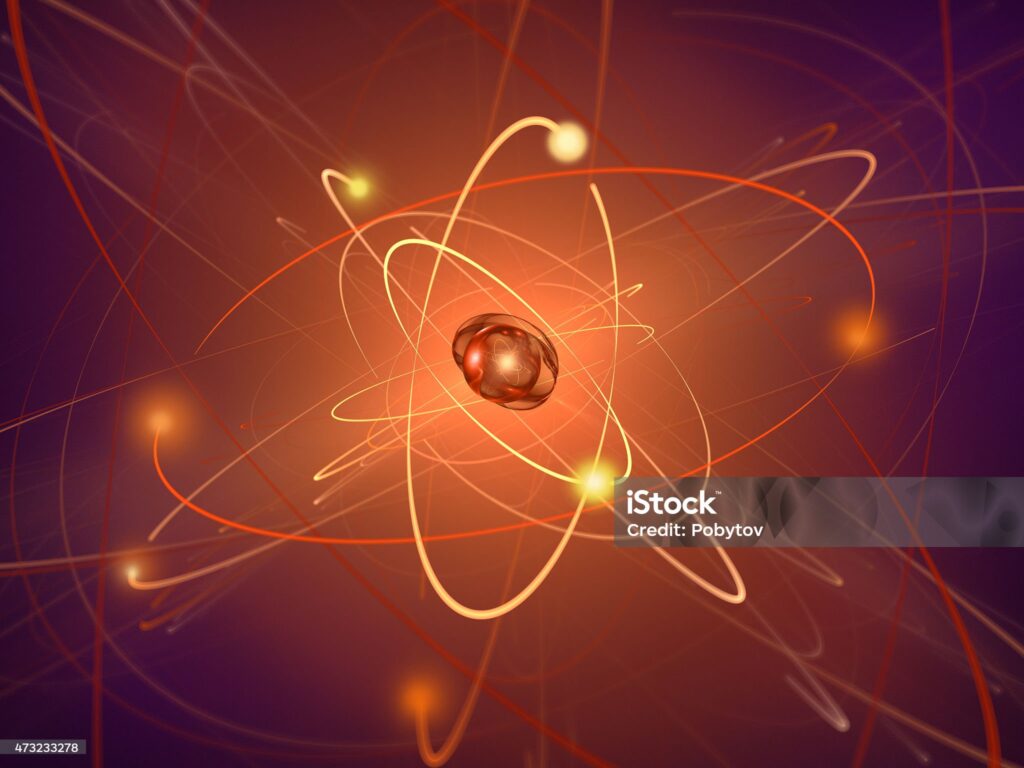Element’s chemical properties and behaviors can be aided by classifying it according to its electronic configuration. It enables scientists to forecast the types of bonds that will form between elements, how those elements will respond under various circumstances, and how those elements will interact in chemical reactions
Outermost electrons of s-block elements are found in the s orbit. Periodic table’s Groups 1 and 2 comprise these elements. Group 2 elements, referred as alkaline earth metals, have two electrons in the s orbit, whereas Group 1 elements, known as alkali metals, only have one electron in the outermost s orbit. Similar chemical characteristics are produced by this configuration, such as modest reactivity in alkaline earth metals and high reactivity in alkali metals.
P-block elements are those that are located in Groups 13 through 18 of the periodic table and have their outermost electrons entering the p orbit. These elements, have different quantities of valence electrons that affect their reactivity and bonding, consist of metals, non-metals, and metalloids. On the other hand, the outermost electrons of d-block elements, commonly referred as transition metals, occupy the d orbit. The elements, which belong to Groups 3 through 12, are well-known for their capacity to function as catalysts, numerous oxidation states, and capacity to generate colorful compounds.
To preserve the periodic table’s organisation and legibility, the f-block elements are arranged independently near the bottom. Electrons in these elements are actinides and lanthanides fill the f orbit. By arranging them individually, we can prevent the table from growing horizontally, which would have make it complicated. Even, their complicated electron configuration and special characteristics like radioactivity in actinides, f-block elements are often kept as a separate category.
Atomic size and ionisation energy are two examples of periodic patterns that are directly influenced by electronic configuration. Higher nuclear charge causes electrons to be drawn closer, decreasing the size of the atom. The number of electron shells down a group increases the size of an atom. Because of the increased attraction between the nucleus and electrons, the energy needed to remove an electron, or ionisation energy, often increases over time. As electrons are easier to remove when farther from the nucleus.

